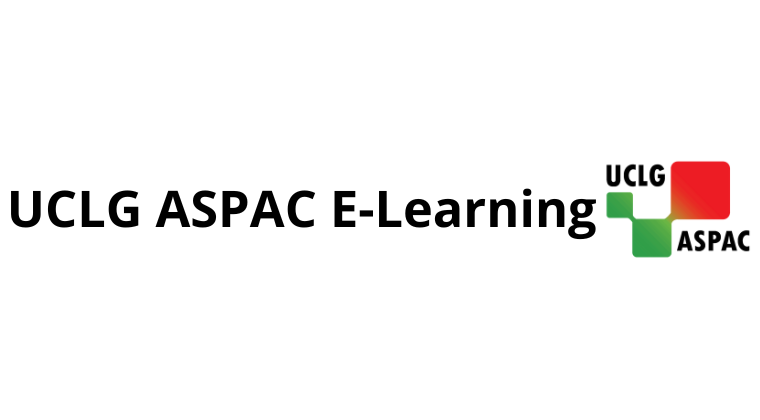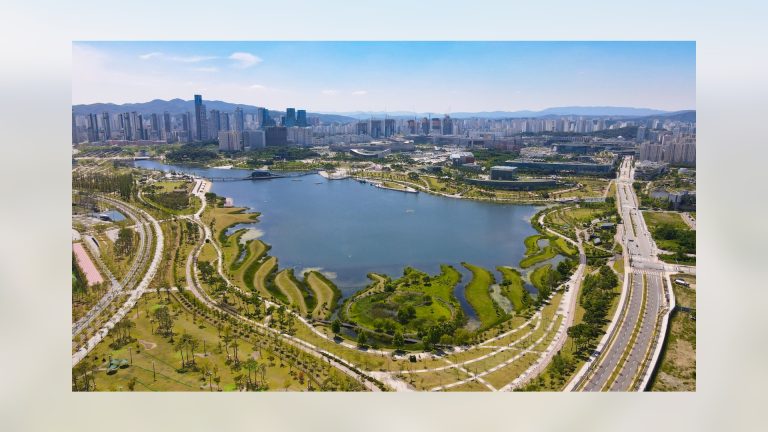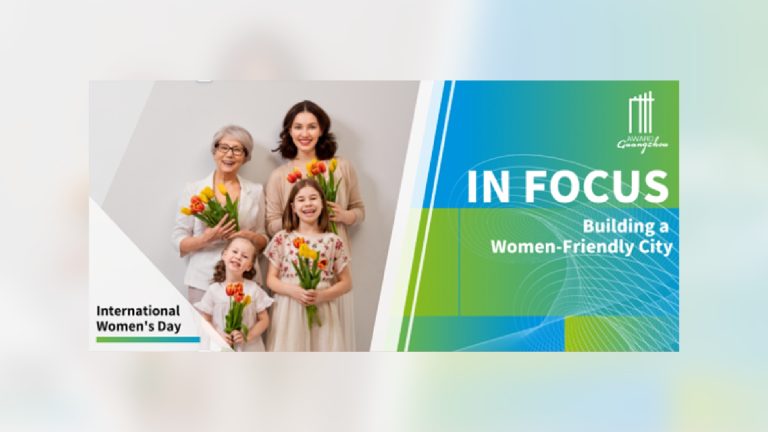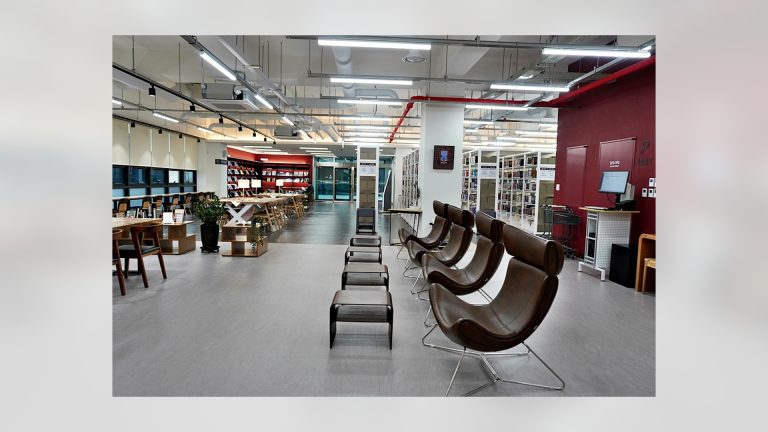28 June 2016, JEJU – A cozy café where young people frequently gather and have community activities, Art Space SangNEhang, was the venue for the first Capacity Building on Cultural Tourism Development. The training event was co-organized by UNITAR CIFAL Jeju, Jeju Special Self-Governing Province, and UCLG ASPAC which promotes the role of culture in sustainable development through its Culture Committee.
No less than Jeju Governor and UCLG ASPAC President Won Hee-ryong opened the event and welcomed the participants, stating that the workshop “provides opportunities to learn how culture can enrich our lives, and contribute to the environment, tourism, heritage, peace, and education.” He stressed Jeju’s commitment to support other cities and local governments in achieving these goals.
Amb. Shin, Director of CIFAL Jeju warmly welcomed everyone and expressed his gladness for the first training on cultural tourism. Meanwhile, UCLG ASPAC Secretary General Dr. Bernadia Irawati Tjandradewi shared more about the training venue, specifically how it serves a purpose that is able to capture and build on the soul of the local community. More than just a café, Art Space SangNEhang contributes to positive social outcomes as the space allows people to come together, harness their creativity, and also offers support to women’s and youth groups in selling their products.
The 4-days training is packed with lectures that explain the linkages between tourism, culture, and sustainability; hands-on and interactive activities facilitated by local artists; and site visits in the island that showcase its tangible and intangible cultural assets and the efforts of the provincial government and its citizens to preserve their heritage.
Cultural Tourism Development, Measuring its Outcomes
The training’s first day offered a good foundation for understanding cultural tourism development and its aspects, including identifying the kinds of cultural resources and the idea that the direction/development of cultural tourism be community-based, culture-driven, and tourism-led. Mr. John Smithies, Director of the Cultural Development Network, shed light on how cultural tourism can possibly be measured. By looking into impacts on the economic domain, for example, such as benefits to employment; and the cultural domain, such as when a sense of connection to heritage is enabled or enhanced.
Finally, local artists shared their projects that highlight art and culture, such as the Jeju Art Festival. Participants’ creativity and sensing abilities were also honed through activities that involved some arts and craft (re-designing their name cards) and that made them get up their seats and move around.
Outside a typical classroom setting and with more engaging activities, the training is thus far being enjoyed by the participants whose comments and impressions have been positive. Mr. Dwayne Samarista, from Makati City, expressed that he is getting many ideas that he could apply in their city’s cultural projects.











